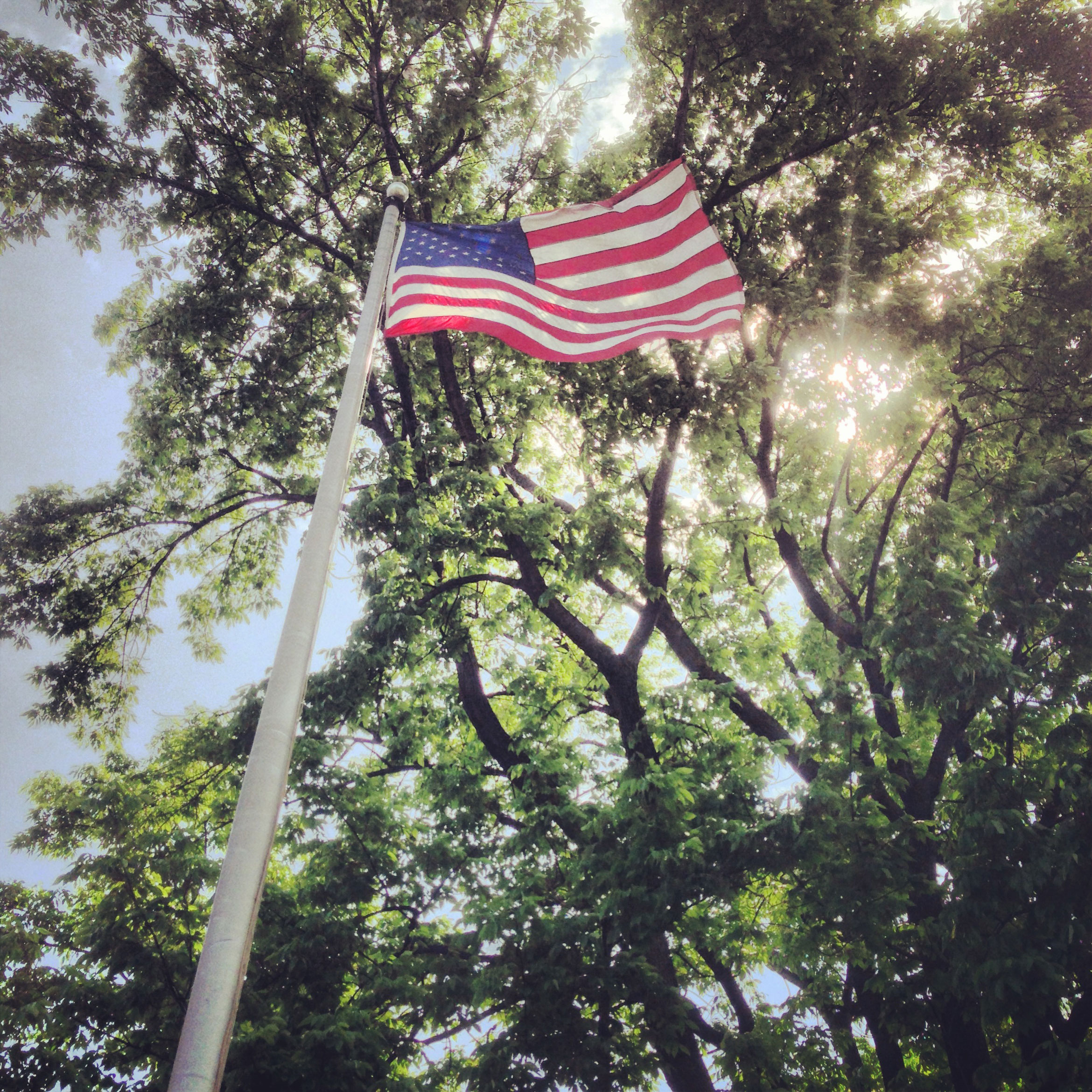"It's more of a nuts and bolts thing. There's a story to tell and you've got to get from A to B" - Tony Bennett, Senior Editor
Here at Windsong, we can’t emphasize enough how much of an asset our arsenal of editors are. They keep our projects chugging along and help maintain the high quality of work we do. In that respect, we’re starting a new series entitled, “The Editor’s Take.”
Windsong’s senior editor Tony Bennett is one of the most talented and hardworking creatives out there. With 25 years of work under his belt, Tony has the life experience, know-how and no-nonsense attitude it takes to see projects through.
He’s seen the field evolve over the years and understands how changes in technology have completely revolutionized the video production industry.
We recently sat down with Tony to ask him a few questions about his perspective on filmmaking.
—
Evelyn Demirchian (ED): What’s the importance of an editor in all of this? I mean, within production, how is your role something that just shifts the dynamic of a project?
Tony Bennett (TB): I don’t know that it does actually, I think an editor is just one of the parts to getting a project done. We bring a different set of eyes to a project, usually, so we’re trying to get the director’s vision out. And sometimes they don’t even know what that is, so we just play around until we find something they like.
—
ED: Do you think it’s usually your voice, your vision, that comes out in a story? Or do you usually just try and kind of coax that out of them?
TB: I much prefer when a director has a clear vision of what they want the thing to be. A storyboard is a great thing to work with. Otherwise, you’re left up to your own devices and Byron will tell you a lot of times I give him something completely different than what he was thinking was going in. Not that it’s better or worse, just different.
—
ED: How do you go about properly communicating that final product to everyone?
TB: I don’t know, I don’t look at things as artistically as a lot of other people do. It’s more of a nuts and bolts thing. There’s a story to tell and you’ve got to get from A to B. And how do you get there and do you try to make it smooth?
—
ED: How do you know where to start?
TB: It starts with a script almost every time. And you try to visually tell that story, what’s on the paper. And it’s a lot different than it used to be. It used to be much more planned out. You didn’t take like 17 shots unless you were okay with wasting a lot of film. You’d try and set stuff up and get good shots. You’d have a certain number of shots you look at. Nowadays with digital, what do people do?
—
ED: How has all of this changed your job over the last 25 years?
TB: There’s way more going through footage. Way more. Instead of 10 scenes there’s 30, there’s 50, you know. Instead of thinking about shots ahead of time, like “I want this shot, this shot, this shot. That’s it.” Now’s it’s in the moment and asking questions like “Well, let’s get this shot. Let’s go over here and get this shot. Let’s go back over here and get this shot. How about something from above?”
—
ED: Do you think that results in better quality than before or do you think it’s just again something different?
TB: It gives more opportunities but, you’re gonna spend a lot of time either thinking in the beginning or fixing at the end. So where do you want to spend all of your time? They used to actually cut film and stitch it all together. When I started in radio, we would cut audio tape and put it together to produce spots. That was nothing, I mean, you just found the right spot, the right beat, you cut on the next one, splice them together and you got really good at it. Nowadays, you can make an infinite variety of nondestructive edits and let the producer and director decide which one they really like. There’s a lot more experimentation. I don’t want to say it’s wasted time but there’s MORE time spent per project sifting. There’s just so much, the volume of material that we need to go through in the edit bay now is unbelievable compared to what it used to be.
—
ED: What has been some of your favorite projects over the years?
TB: Oh, Fresno State Bulldogs stuff at the television station was a lot of fun. The Bulldog projects we’ve done here have been fun. The long format stuff. Edited a couple of TV shows, just one off specials at KMPH 26, those were a lot of fun. The chance with things like that, “Motion” (a thirty minute television program produced by Live Well Network and edited at Windsong) is a little bit different, when you have a chance to really sit down and work with someone, you know, hand-in-hand, on a project, and do that collaborative thing, that’s the rewarding part. I’ve made a million promos for television, and half a million commercials. It’s just been, there’s been a boatload of stuff that’s gone though and a lot of them are fun and some are just a punch in the clock. The idea is to get the job done.
—
ED: Where do you see yourself able to get a little creative? Any personal projects?
TB: I don’t do a lot of personal things, I work 8, now 10 hours a day, so I like to go home and not sit at the computer.
—
There you have it, straight from the mouth of our own Minnesota-born, California-bred editor extraordinaire!

